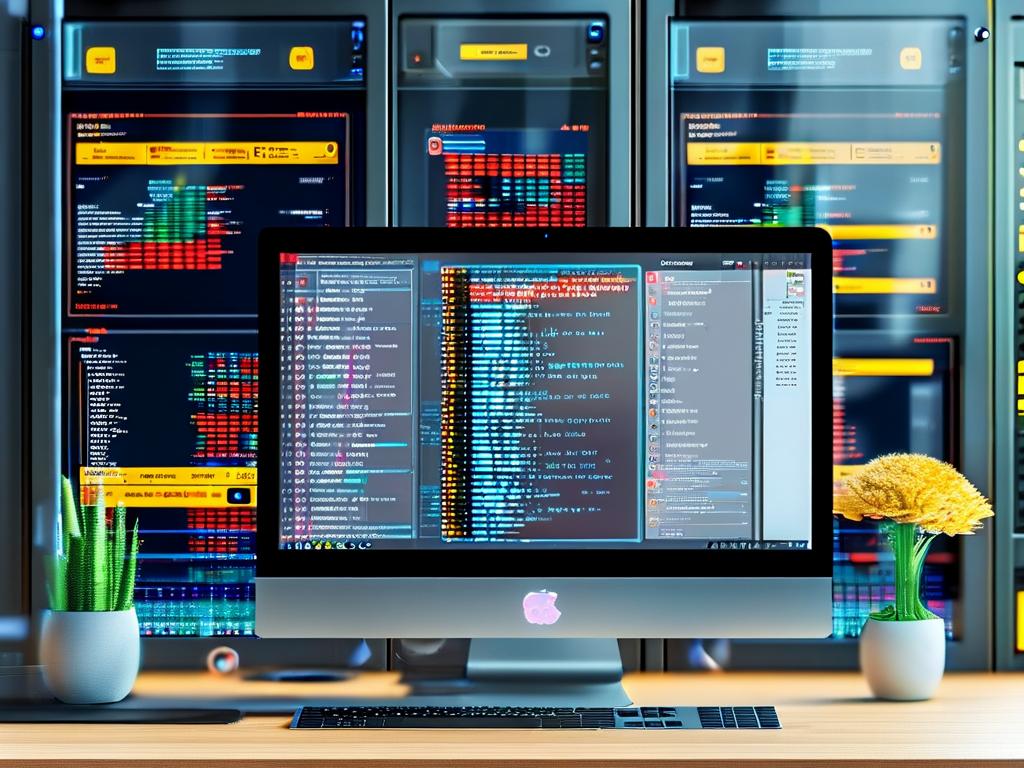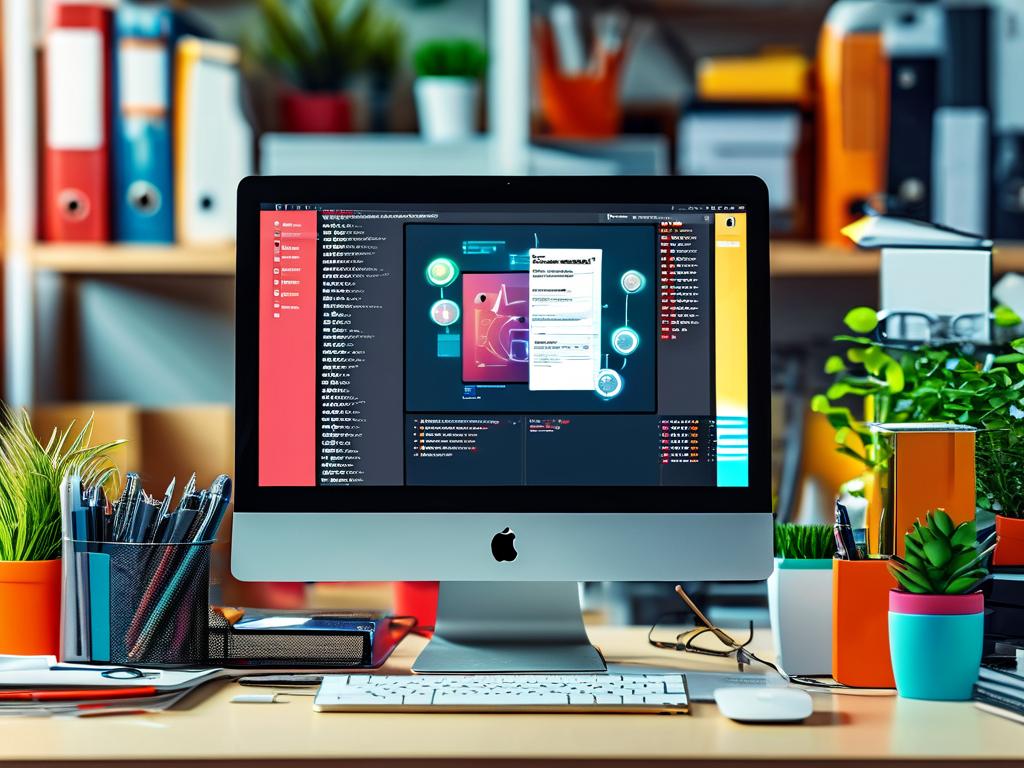In modern retail and digital display systems, the showcase automation deployment process has emerged as a critical workflow for businesses aiming to maintain dynamic and responsive visual merchandising. This process combines software tools, hardware integration, and strategic planning to streamline the updating and management of digital displays, product showcases, and interactive kiosks. Let’s explore how this system works and why it’s becoming indispensable for retail operations.

Core Components of the Process
At its foundation, the automation deployment process for showcases relies on three pillars: version control, continuous integration/continuous deployment (CI/CD) pipelines, and remote management systems. Version control systems like Git ensure that changes to display content—such as promotional videos, pricing updates, or layout adjustments—are tracked and managed collaboratively. For instance, a retail team might use a Git repository to store different versions of holiday-themed window display configurations.
CI/CD pipelines automate the testing and deployment phases. A typical workflow might include:
# Example Jenkins pipeline snippet for content validation
pipeline {
agent any
stages {
stage('Validate Content') {
steps {
sh 'python validate_resolution.py --dir ./holiday_campaign'
}
}
stage('Deploy to Screens') {
when {
branch 'main'
}
steps {
sh 'rsync -avz ./media/ user@display-server:/var/www/displays/'
}
}
}
}
This code demonstrates how automated checks for image resolution compatibility might be implemented before deploying content to physical screens.
Hardware-Software Synchronization
The true complexity lies in synchronizing software updates with diverse hardware setups. Retailers often operate mixed fleets of displays—from 4K LED walls to legacy LCD panels. Automation tools must account for variations in aspect ratios, color profiles, and refresh rates. Advanced solutions use device fingerprinting techniques to detect display specifications and auto-adploy optimized content formats.
A common challenge is handling firmware updates alongside content changes. For example, deploying a new interactive feature might require:
- Pushing updated JavaScript frameworks to touchscreen kiosks
- Simultaneously updating embedded system firmware to support gesture recognition
- Validating functionality through automated smoke tests
Security and Rollback Mechanisms
Given the public-facing nature of showcases, security is paramount. Automated deployment systems incorporate encryption for content transmission and hardware-authenticated update packages. A digital signature verification step is often added to deployment scripts:
# Sample content verification check
from cryptography.fernet import Fernet
def verify_deployment_package(package_path, key):
cipher = Fernet(key)
with open(package_path, 'rb') as f:
encrypted_data = f.read()
decrypted_data = cipher.decrypt(encrypted_data)
return validate_xml_signature(decrypted_data)
Equally crucial are instant rollback capabilities. If a temperature sensor detects overheating displays during a firmware update, the system should automatically revert to the previous stable version without human intervention.
Business Impact and Metrics
Organizations adopting showcase automation report 40-60% reductions in manual maintenance costs. More significantly, it enables real-time responsiveness—a clothing retailer can update window displays within minutes of a social media trend emerging. Key performance indicators for these systems include:
- Deployment success rate (target: 99.95%)
- Mean time to recover (MTTR) from failed updates
- Content refresh frequency capacity
Future Evolution
Emerging technologies like edge computing and 5G are reshaping showcase automation. Stores are experimenting with AI-driven content personalization, where deployment systems dynamically adjust displays based on real-time customer demographics captured by cameras (with proper privacy safeguards). Another development is blockchain-based version auditing, creating immutable records of every display change for compliance purposes.
While the technical implementation varies across organizations, the strategic value remains consistent: showcase automation deployment transforms static displays into agile, data-driven touchpoints that keep pace with modern consumer expectations. As IoT devices proliferate in retail environments, mastering this workflow will increasingly separate industry leaders from competitors still relying on manual processes.









